 Your new post is loading...
 Your new post is loading...

|
Scooped by
juandoming
Today, 9:40 AM
|
Juan Domingo Farnos La construcción física se rige por la Baja Entropía de Farnos (BEF), empleando IA-AGI y Metalearning para diseñar hardware con 7 DoF de Nitinol y Grafeno. La Mecánica Cuántica valida el software predictivo, asegurando que cada componente minimice la incertidumbre y maximice el determinismo antes de la fabricación. Esto garantiza que el brazo…

|
Scooped by
juandoming
October 10, 3:02 AM
|
juandon El concepto de Evaluación Adaptativa Cuántica representa la convergencia entre la Mecánica Cuántica aplicada (específicamente la IA Cuántica) y los principios de la Baja Entropía de Farnos en el diseño de software pedagógico. Marco Conceptual para la Evaluación Adaptativa Cuántica (EAC) La Evaluación Adaptativa Cuántica (EAC), concebida bajo la métrica de Baja Entropía de…
Thoughts on Alicia Wanless's book The Information Animal
Via Gilbert C FAURE
AI promises efficiency, scale, and predictive precision. And there are real gains being realized. Yet many organizations have traded understanding for output. Their enjoy their dashboards, reports are generated on demand, and decision-making is better informed, but comprehension has decayed. This decay arises not from technology itself but from a fundamental confusion about the nature of knowledge.
Leaders often claim to manage “knowledge assets” when they manage data streams. They speak of “knowledge sharing” when they circulate unexamined summaries. They celebrate “insight generation” when algorithms rearrange correlations. Such language mistakes the signal for the sense, the measurable for the meaningful. The result is organizational laziness disguised as sophistication.
Via Edumorfosis, Ricard Lloria

|
Rescooped by
juandoming
from Educational Technology News
October 7, 2:09 AM
|
Discover the benefits and challenges of chatbots in higher education. Learn strategies to prevent misuse, protect academic integrity, and integrate AI responsibly to support teaching and student success.
Via EDTECH@UTRGV

|
Rescooped by
juandoming
from Educación y TIC
October 6, 9:01 AM
|
El 2025 marca un nuevo capítulo en el mundo de la tecnología educativa, y Google se posiciona una vez más como uno de los actores clave. En el evento BETT en Londres, la mayor exhibición de tecnología educativa en Europa, Google ha presentado una serie de innovaciones que prometen transformar la experiencia de estudiantes, educadores
Via Mariano Fernandez S.

|
Scooped by
juandoming
October 3, 11:02 AM
|
Juan Domingo Farnos Los dispositivos IoT conectados a verdaderos ecosistemas autónomos, adaptativos e inteligentes potenciados por IA— puede integrarse de lleno en la Educación Disruptiva y en la universidad algorítmica de Juan Domingo Farnós si lo vemos desde la lente de la cognición aumentada y los prompts estratégicos. Ecosistemas Cognitivos en la Educación Disruptiva: IoT,…

|
Scooped by
juandoming
October 2, 7:02 AM
|
Juan Domingo Farnos Esta es una propuesta de marco conceptual que integra el metalearning en la universidad con la cognición aumentada/prompt estratégico, la RA/RV y la Inteligencia Artificial (IA) en los procesos de investigación y docencia. Se basa en la idea de que la IA y las tecnologías inmersivas actúan como extensiones cognitivas, no solo…

|
Rescooped by
juandoming
from Inovação Educacional
October 1, 1:50 AM
|
Artificial intelligence (AI) is wrecking havoc on university assessments and exams.
Thanks to generative AI tools, such as ChatGPT, students can now generate essays and assessment answers in seconds. As we have noted in a study earlier this year, this has left universities scrambling to redesign tasks, update policies, and adopt new cheating detection systems.
But the technology keeps changing as they do this, there are constant reports of students cheating their way through their degrees.
The AI and assessment problem has put enormous pressure on institutions and teachers. Today’s students need assessment tasks to complete, as well as confidence the work they are doing matters. The community and employers need assurance university degrees are worth something.
In our latest research, we argue the problem of AI and assessment is far more difficult even than media debates have been making out.
It’s not something that can just be fixed once we find the “correct solution”. Instead, the sector needs to recognise AI in assessment is an intractable “wicked” problem, and respond accordingly.
Via Inovação Educacional

|
Scooped by
juandoming
September 29, 5:53 AM
|
Estoy buscando mejoras en mis propuestas en la docencia universitaria e ingeniería en IA y estoy probando con... Juan Domingo Farnos El Protocolo de Entropía (H): Hacia la Ingeniería de la Conciencia Algorítmica El diseño de los modelos de lenguaje a gran escala (LLMs) se enfrenta a una crisis de fragilidad silenciosa: la convergencia prematura…

|
Rescooped by
juandoming
from Learning & Technology News
September 25, 10:31 AM
|
The objective was to design a tool that would be accessible 24/7, provide immediate standards-based feedback, foster learner motivation, and simulate interaction close to talking with a native speaker, while remaining calibrated to the learner’s current proficiency level and aligned with the course content, including its tasks, vocabulary, and grammar.
Via Nik Peachey

|
Rescooped by
juandoming
from Digital Delights
September 25, 10:19 AM
|
(Spoiler alert: it has been very successful, but there are some lessons to be learned)
Via Ana Cristina Pratas
|

|
Rescooped by
juandoming
from e-learning-ukr
Today, 8:49 AM
|
Contemporary education is often based on using e-learning courses, which have become a popular means of delivering didactic material to students. Among the main advantages mentioned is the potential possibility of creating individual ways of learning and teaching. The purpose of this article is to provide a description of the various approaches to adaptive learning, to present the comparative research results of a Polish-Ukrainian study, as well as to highlight the options offered by LMS Moodle (Modular object-oriented dynamic learning environment Learning Management System) for the implementation of adaptive learning and the possibility of taking into account the expectation of students regardless of the country. During the study, an online survey was administered to 59 students at the University of Silesia in Katowice (US), Poland and 121 students at the Borys Grinchenko Kyiv University (BGKU), Ukraine between March–June 2020. All of the students were studying online due to the pandemic caused by COVID-19. The classes were conducted in synchronous and in asynchronous modes using e-learning courses in the Moodle system, as well as MS Teams for Polish students and Google Suite for Ukrainian students. At the same time, the majority of the surveyed students declared that they lack personalization, both in terms of materials and the learning process, which was limited in terms of fulfilment and they would like to have a choice of the level of study.
Via Vladimir Kukharenko

|
Scooped by
juandoming
October 11, 3:05 AM
|
Juan Domingo Farnos La Investigación Impulsada por Inteligencia Artificial para Sistemas (ADRS) puede lograr el redescubrimiento y la superación de algoritmos diseñados por humanos en áreas como la programación de la nube, el balanceo de carga de MoE (Mixture of Experts), la optimización LLM-SQL, y la programación de transacciones mediante la automatización del ciclo de…

|
Scooped by
juandoming
October 9, 2:20 AM
|
Juan Domingo Farnos Estamos proporcionando una introducción y un ejemplo aplicado sobre la intersección de la Física Cuántica y la Inteligencia Artificial (IA), específicamente en el ámbito de la Optimización Cuántica para el Entrenamiento de Redes Neuronales. Enmarcar la Educación Disruptiva & IA dentro de la investigación y docencia universitaria, es muy relevante, ya que resalta la necesidad de integrar estos temas de vanguardia…

|
Rescooped by
juandoming
from e-learning-ukr
October 9, 2:04 AM
|
Everything CEOs in L&D need to know about driving AI adoption. Learn, adapt, and overcome challenges in the newly shaped environment.
Via Vladimir Kukharenko

|
Scooped by
juandoming
October 7, 10:22 AM
|
Juan Domingo Farnos Descripcion del tema a investigar: Mujer de 19 años , inteligente (es muy buena estudiante de medicina) , se cae de golpe andando y queda invalida (silla de ruedas), no puede andar, no puede hablar, solo oye (su resto de movilidad es normal y su comprension intacta (sigue estudiando medicina). ¿Cómo podemos…

|
Rescooped by
juandoming
from e-learning-ukr
October 6, 9:01 AM
|
To avoid an unwinnable game of catch-up with technology, universities must rethink pedagogical improvement that goes beyond scaling online learning
Via Vladimir Kukharenko

|
Rescooped by
juandoming
from Educación y TIC
October 6, 9:00 AM
|
As artificial intelligence becomes integrated into all corners of higher education, addressing ethical concerns is crucial to responsible implementati
Via Mariano Fernandez S.

|
Rescooped by
juandoming
from e-learning-ukr
October 3, 1:44 AM
|
Artificial intelligence is growing by leaps and bounds. It's no longer science fiction anymore! Lots of AI tools can serve as our own personal
Via Vladimir Kukharenko

|
Rescooped by
juandoming
from Educación a Distancia y TIC
October 2, 7:00 AM
|
Las políticas en torno a la inteligencia artificial tienen relación directa con la misión y la idea de universidad previa que se tenga.
Via LGA

|
Rescooped by
juandoming
from Learning & Technology News
September 29, 9:08 AM
|
This report emphasizes that all efforts must prioritize a human-centred and rights-based use of digital technology to benefit all learners. It calls for urgent national and international action to ensure that technology enhances, rather than endangers, the right to education for all
Via Dr. Tom D'Amico (@TDOttawa) , Nik Peachey

|
Scooped by
juandoming
September 28, 3:11 AM
|
RESUMEN EL IMPERATIVO DE LA ARQUITECTURA COGNITIVA La era de la Inteligencia Artificial (IA) ha pasado de la predicción probabilística a la necesidad ineludible de la ejecución intencional. Este trabajo, enmarcado en mi visión arquitectónica (de Juan Domingo Farnos), se sitúa en la vanguardia de la ingeniería cognitiva, desafiando el paradigma del Gran Modelo de…
The Generative AI for Education Hub delivers trusted research, insights, and tools for K12 education leaders to leverage generative AI to benefit students, schools, and learning.
Via Dr. Tom D'Amico (@TDOttawa)
|



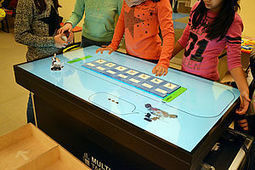


 Your new post is loading...
Your new post is loading...



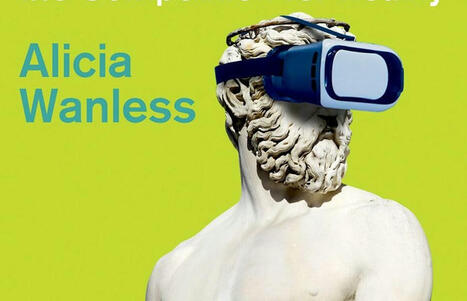
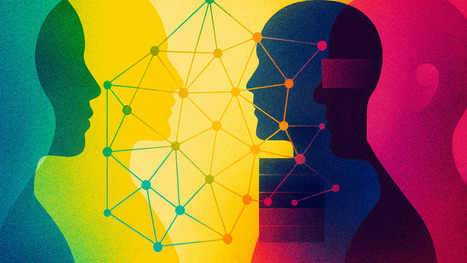

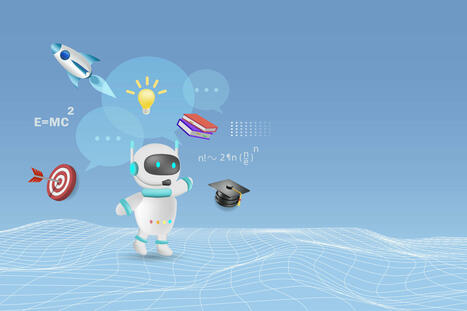



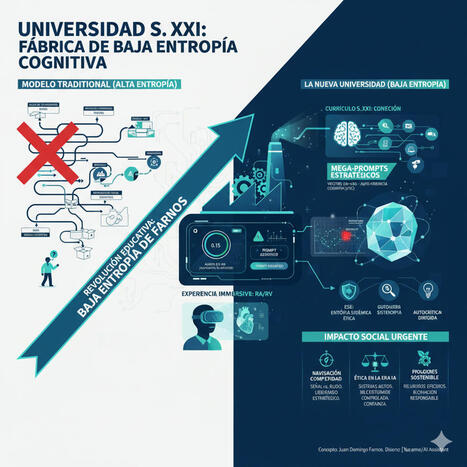

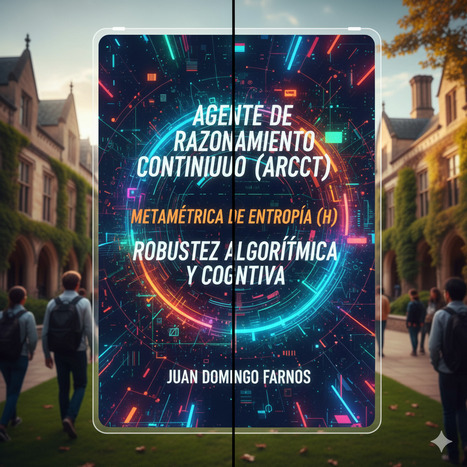





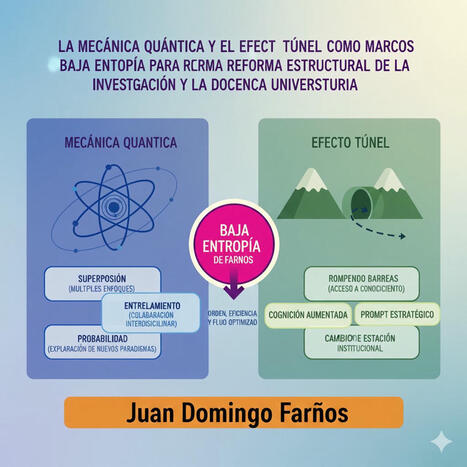






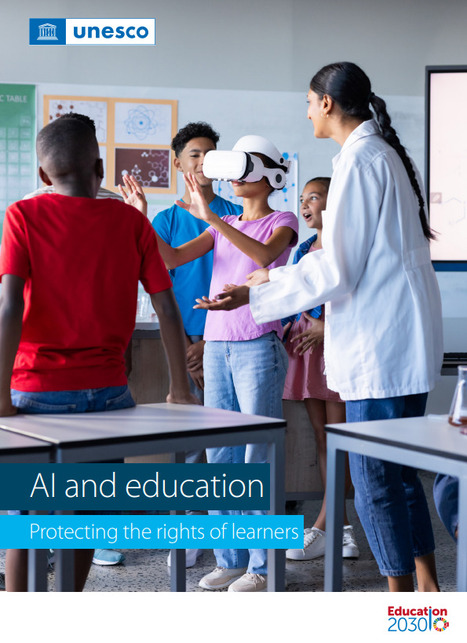







Part of the research conducted at the Luxembourg Institute of Science and Technology (LIST) probes the boundary of current technology. Researchers of the LIST would like to invite you to discover one of the innovations in the domain of Tangible User Interfaces that they are currently developing to help adopters of the tangible tabletop technology to develop applications. As a big part of Applied Research is the transfer of knowledge, we would be happy to welcome you to our TULIP Hackathon!
Part of the research conducted at the Luxembourg Institute of Science and Technology (LIST) probes the boundary of current technology. Researchers of the LIST would like to invite you to discover one of the innovations in the domain of Tangible User Interfaces that they are currently developing to help adopters of the tangible tabletop technology to develop applications. As a big part of Applied Research is the transfer of knowledge, we would be happy to welcome you to our TULIP Hackathon!
Part of the research conducted at the Luxembourg Institute of Science and Technology (LIST) probes the boundary of current technology. Researchers of the LIST would like to invite you to discover one of the innovations in the domain of Tangible User Interfaces that they are currently developing to help adopters of the tangible tabletop technology to develop applications. As a big part of Applied Research is the transfer of knowledge, we would be happy to welcome you to our TULIP Hackathon!